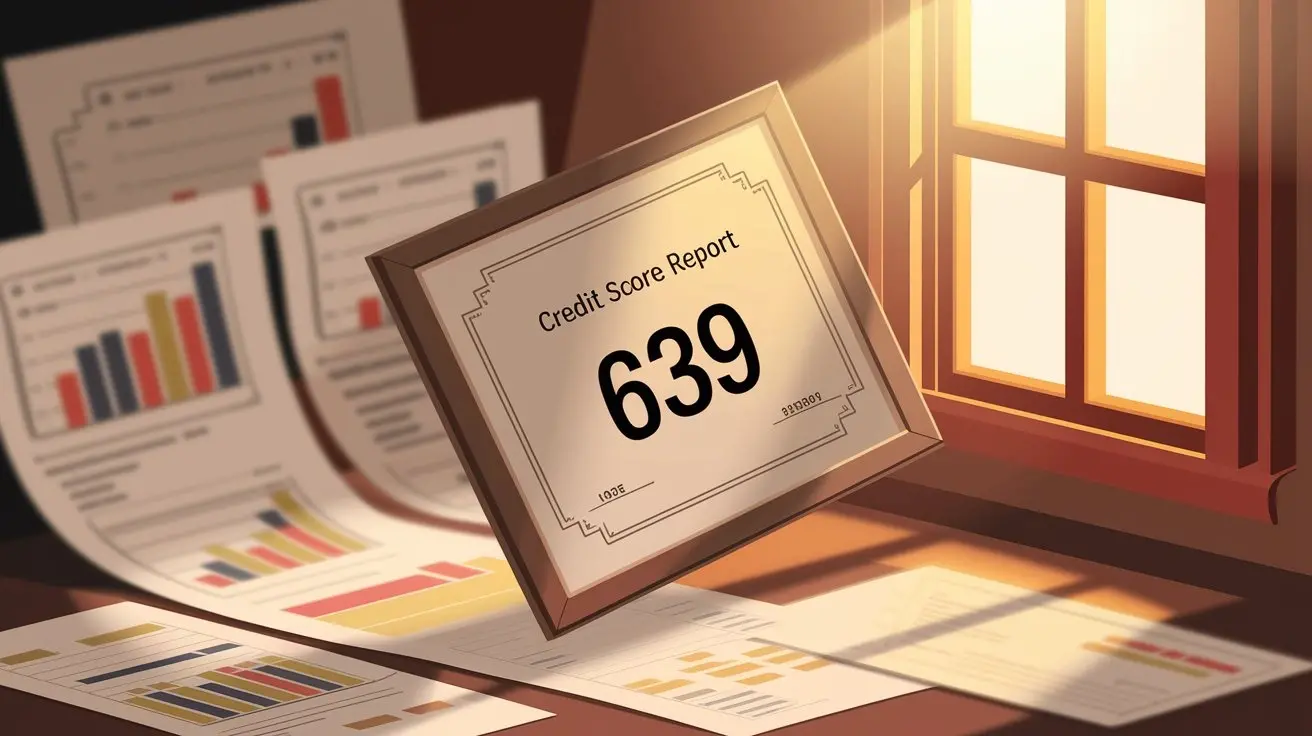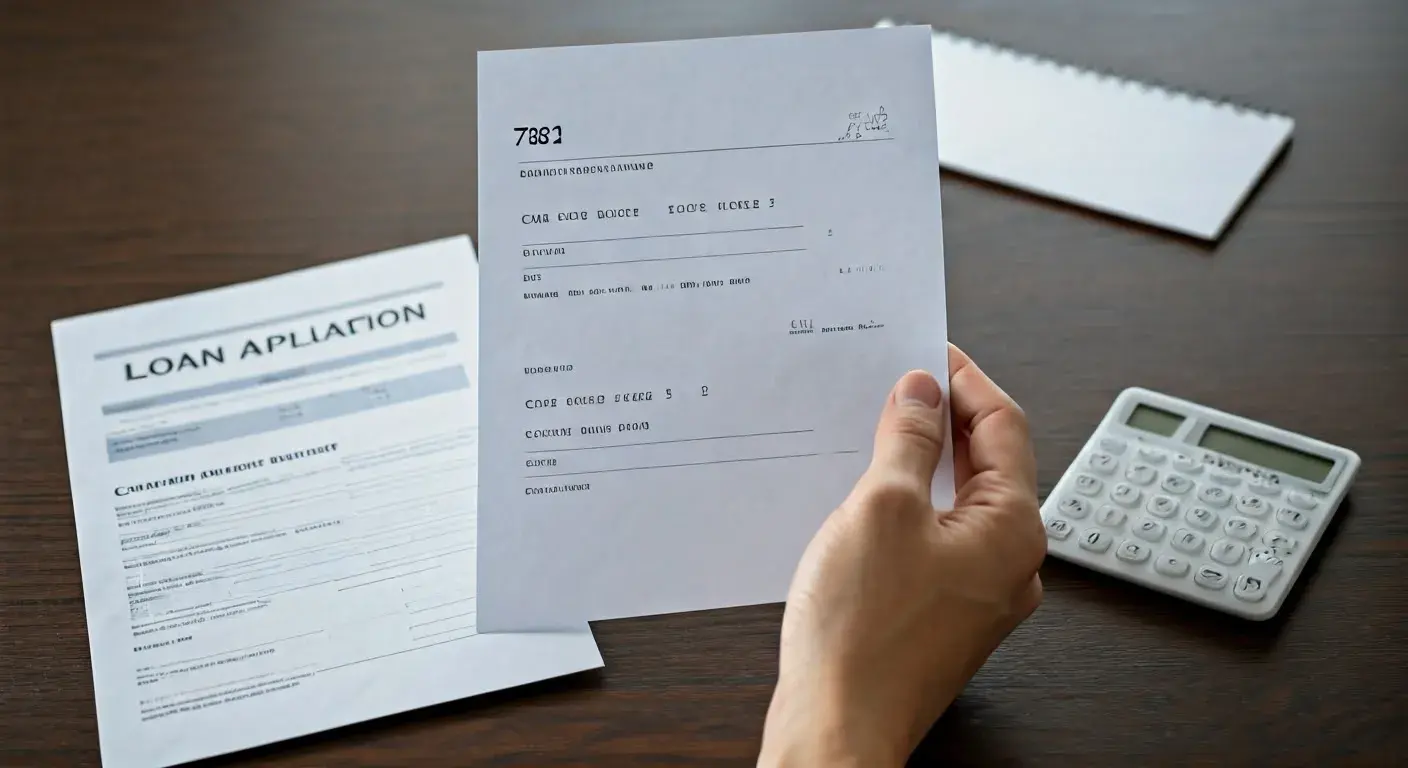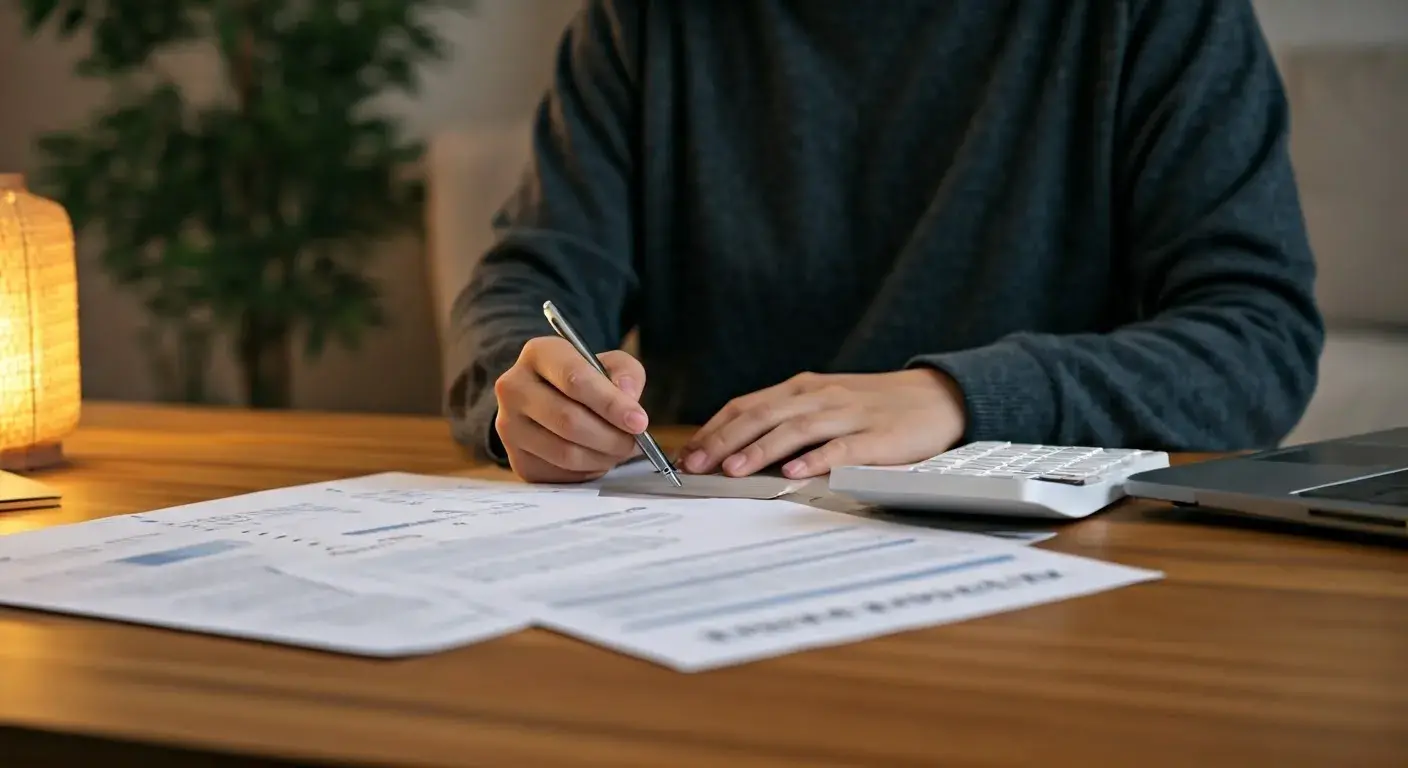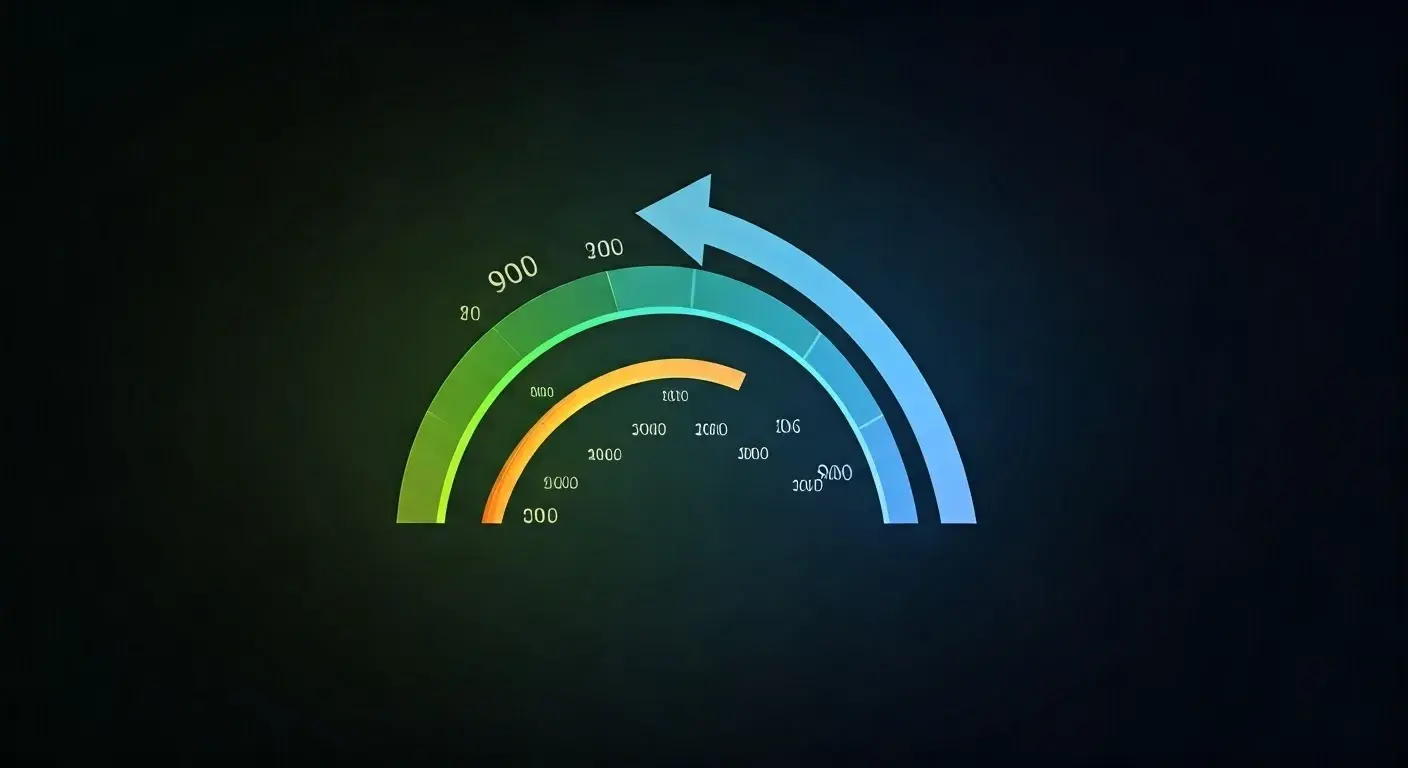-
Posted on: 24 Jul 2024
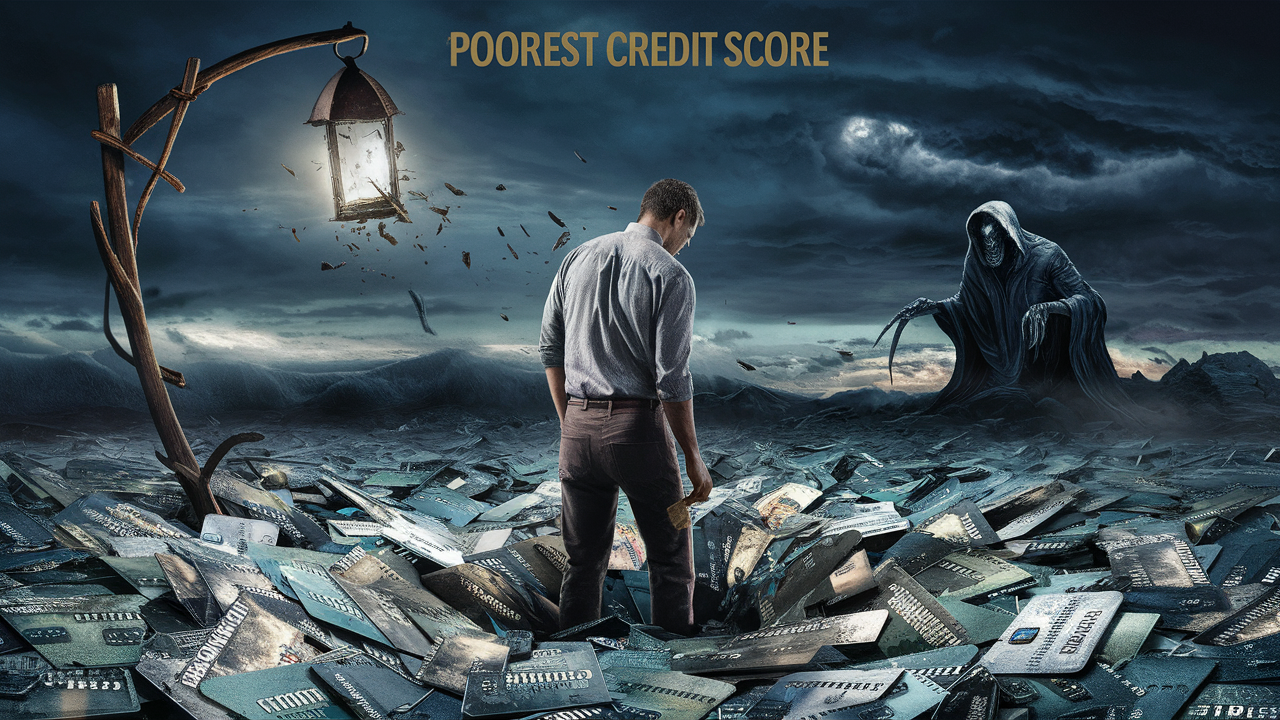
-
Your credit score is a three-digit figure that reduces the information that a lender needs to make a credit decision. Credit scores often are between 300 and 850. Again, the higher the score the better. Lenders determine one’s credit ranking as poor or bad credit rating if his or her score is less than 580.
What does it Imply to Have a Very Poor Credit Rating?
If one has a credit score of less than 580, the score is usually considered fairly poor. This tells the lenders about your high-risk profile and likely incapacity to meet your obligations. Two important credit scoring systems are FICO and VantageScore right now in use. A credit score under both methods ranges from 300 to 850.
Credit score ranges are divided up generally as follows: Generally speaking, credit score ranges divide like:
- 800-850: Excellent
- 740-799: Very good
- 670-739: Good
- 580-669: Fair
- Below 580: Poor
So, if your credit score is 580 or below, you land in the poor category of credit scores. In other words, the best possible scores in the FICO and VantageScore models are 850, while the worst ones are 300. It means bad credit and a high risk of non-repayment of a particular loan if a credit score is 300.
Though, it is incredibly rare to have a credit score below 500; however, in some cases, a person can have this score if he/she has several severely delinquent accounts, bankruptcies, foreclosures, tax liens, judgments, as well as negative credit history without any positive one.
Any score below the 500 mark is a message to the lenders that extending credit for your borrowing is a very high-risk business and comes with almost a certainty of the borrower defaulting. A majority of lenders will be reluctant to offer borrowers with such ratings credit cards or loans.
What are the factors influencing credit scores?
The most influential factors that determine your credit score are: The most influential factors that determine your credit score are:
- Payment history: Whether you are punctual to pay your bills. This class usually contributes to 35 percent of the total credit score under the FICO scale.
- Credit utilization: The percentage of the credit that a person is utilizing out of his or her total credit limit. This constitutes roughly 30 percent of the FICO score.
- Length of credit history: How long you have been credit-worthy or how long you have been in a position to access credit. It is worth stating that the longer the positive history is the higher score will be given.
- Credit mix: These questions are designed to let the lenders know whether you have prior experience in dealing with different forms of credit like credit cards, retail credit accounts installments, loans, and Mortgages.
- New credit inquiries: As was earlier explained, having many new credit accounts within a short period will cause the score to drop slightly.
Bad credit scores are normally a clear reflection of the presence of negative items such as late payments, collections accounts, repossessions, foreclosures, bankruptcies, tax liens, judgments, defaults, and high outstanding balances in the credit reports.
Lenders cannot evaluate the risk level since some individuals may have no credit history at all, and such candidates will face challenges getting credit. This is sometimes referred to as having a ‘thin file,’ or being ‘no-file’ or ‘no-score’ or ‘credit-invisible’.
In case you begin using credit and get a score, it is critical to ensure that you honor the bills as agreed, ensure that your credit use is constrained, and also refrain from applying for credit in large volumes within a short time. This will assist in the accumulation of your score which is a positive implication. It allows for tracking the scores and reports, which is possible only if it is done regularly by you.
How to Rebuild a Credit Score That’s Fallen to Its Lowest
To bring up a poor credit score takes a lot of time and adopting responsible credit behavior. Steps to take include:
- This was done in a bid to ensure that all the previous payment records were negative so that when paying all bills on time going forward, the clients’ records were clean. This is particularly the case if one is characterized by a single late payment.
- Reduce the number of credit cards used or pay off their balances to decrease credit utilization ratios. This key factor is changed for the better when you owe less than the credit limits that have been provided to you.
- Dispute errors with your credit reports. It means that the errors can harm your performance, and that is exactly what was witnessed in the audited organizations.
- Compose letters to credit reference agencies and request the deletion of negative items because of financial distress. As for the second requirement, it is not specified in the legislation and is at the discretion of the officials to approve these requests.
- Positive credit should be added if available, for instance by being issued a credit card by someone else or applying for a secured credit card. This demonstrates responsible usage.
- As a result, sign up for credit monitoring to monitor the changes to your FICO score and VantageScore from the three major bureaus and reflect on the changes.
As a final note when it comes to credit repair avoid falling prey to con artists posing as credit repair companies promising fast credit repair. It can also be seen that there is no magic wand that one can wave to fix a bad credit score and hard work and perseverance is the only solution. Notably, maintaining responsible behaviors in a couple of years can help in reconstructing credit and getting access to loans and better interest rates.
What Rates Will a Bad Credit Score Person be Offered?
This means that a lower credit score will attract a higher interest rate and fees to borrow cash than those with a better score who apply for the same product. Each lender has its standards, but here are some general benchmarks: Each lender has its standards, but here are some general benchmarks:
- Credit cards: Having bad credit usually gives you an interest rate of over 20% and at times can be as low as 15-12% for a person with a good credit rating. There are also higher fees, which have been established because of the many services that these internet-based companies offer.
- Personal loans: For those with bad credit scores, be prepared to pay back between 15% to 30% interest if the application gets approval. It can be above 100% from unscrupulous payday lenders. In the case of people with good credit scores, the interest rates range between 5-10%.
- Mortgages: Very low credit scoring customers get home loans at interest rates that are about 2-3 percentage points above those for excellent credit scores. They also do not offer a mortgage below 580 credit scores, making it difficult to be approved for one.
- Auto loans: Subprime auto loans include a type of credit that carries interest rates from 14-20% for instance for those with low credits. Also, the approval can be challenging when it is below a specific number of scores here they are:
In a nutshell, high credit risks mean that the cheapest credit is unavailable thus making credit expensive when credit scores are low. For those with bad credit or a bad credit score, they end up being charged interest rates of more than 25 percent.
Thus, it is evident that it costs a lot of money to borrow when one’s credit score is low and therefore it is advisable to try and enhance your credit score before applying for loans. It is not effortless to make the attempt worthwhile to raise your creditworthiness.
Struggling with bad credit? Dial (888) 803-7889 for expert credit repair assistance!
